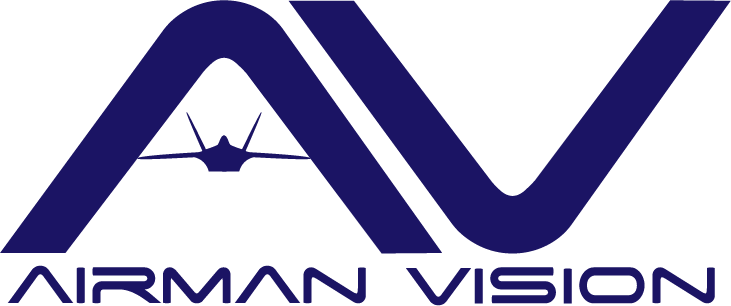2A6X1 - Aerospace Propulsion
2A6X1 - Aerospace Propulsion
Aerospace Propulsion Information
ASVAB REQUIREMENT:
Mechanical 56
STRENGTH REQUIREMENT:
60 lbs
AVERAGE INDOOR/OUTDOOR WORK CONDITIONS:
50% Indoor / 50% Outdoor
AVERAGE HOURS WORKED:
50-60
POSSIBILITY OF WORKING WEEKENDS:
Yes
DEPLOYMENT TEMPO/RATE (LOW, MEDIUM, HIGH)
Medium
TECHNICAL TRAINING LENGTH:
34 - 61 Classroom Days
TECHNICAL SCHOOL LOCATION:
Sheppard AFB, TX
KNOWN DUTY STATIONS AVAILABLE TO NEW AIRMEN:
(we’re working on getting this information)
COMMUNITY COLLEGE OF THE AIR FORCE DEGREE:
Aviation Maintenance Technology
Airmen describing Aerospace Propulsion
Aerospace Propulsion (AFSC 2A6X1) in the Air Force is responsible for maintaining and repairing the engines, turbines, and other propulsion systems on aircraft. This includes inspecting, troubleshooting, and performing repairs on aircraft engines and other propulsion systems, as well as performing routine maintenance to keep these systems in good working order. Aerospace Propulsion specialists use specialized tools and equipment, such as engine test stands and turbine balancing equipment, to perform their work. They also work closely with other maintenance personnel to ensure that aircraft are ready for flight operations.
A typical day for an Aerospace Propulsion specialist may involve:
Inspecting, troubleshooting, and repairing aircraft engines and other propulsion systems
Performing routine maintenance on propulsion systems to keep them in good working order
Using specialized tools and equipment to perform maintenance and repairs
Collaborating with other maintenance personnel to ensure that aircraft are ready for flight operations
Participating in training, drills, and exercises to maintain and improve skills in aerospace propulsion
Providing guidance and training to other Air Force personnel on aerospace propulsion best practices and procedures
Participating in classified and unclassified meetings with other aerospace propulsion team members and other agencies
Participating in military operations, including aircraft engine and propulsion systems maintenance.
It's important to note that depending on the specific role, a typical day may also include different responsibilities. Aerospace Propulsion specialists are responsible for maintaining and repairing the engines, turbines, and other propulsion systems on aircrafts, ensuring that aircrafts are safe to fly and in optimal condition. They use specialized tools and equipment to perform maintenance and repairs,
As an Aerospace Propulsion Technician you are constantly removing, installing, and identifying problems with components of a jet engine. On all removals we inspect the component to make sure nothing is wrong with it and we deem it serviceable or unserviceable. Once the problem is fixed the engine goes through an extensive pre-cell inspection. A 5 level will do a complete look over followed by a 7 level then the production superintendent. After that it will be sent to test cell to go through a trial run to make sure nothing is wrong. It will then come back to us and we will perform the same inspection over again, except quality assurance will the final step. That engine will then become a spare engine in case the flight line needs it. On the flight line you will perform inspections on preflight and post flight and report any findings up the chain. If the problem is unfixable on the flight-line, it will be removed from the jet and sent to the back shop for repair.
